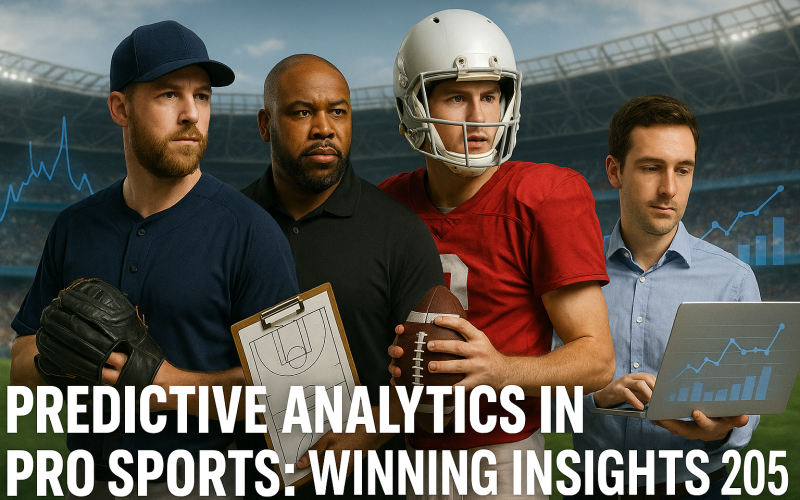Introduction
In 2025, predictive analytics is changing how sports teams train, play, and compete. Data-driven decisions are now at the heart of professional sports. Coaches, players, and analysts are using advanced technology to predict performance, reduce injuries, and create better strategies.
This article explains what predictive analytics is, how it’s transforming pro sports, and why it’s so important in 2025. Whether you’re a sports fan, a coach, or just curious about the future of sports, you’ll find insights on how predictive analytics is revolutionizing the game.
What is Predictive Analytics in Sports?
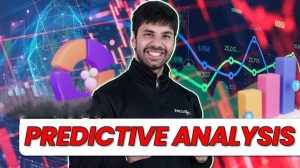
Predictive analytics means using data and technology to make predictions. In sports, it means analyzing past performances and trends to predict future outcomes. Teams use big data to make better decisions about players, games, and even fan engagement.
Here’s how it works:
- Data collection: Teams collect tons of data, like player movements, injuries, and game stats.
- Data analysis: Algorithms and machine learning models analyze this data to identify patterns.
- Prediction: Teams use this information to predict how players will perform or what strategies will work.
By predicting outcomes, teams can make smarter choices and improve their performance.
How Predictive Analytics Works
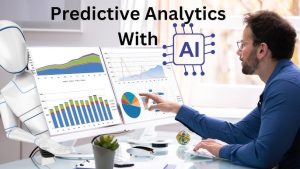
Predictive analytics relies on three key steps: data collection, data modeling, and action.
- First, teams gather data from multiple sources. Wearable devices track speed, distance, and heart rate. Cameras record every move on the field. GPS sensors map player positions in real time. Even social media sentiment can gauge fan mood.
- Next, data scientists build models. They clean raw data to remove errors. They test different algorithms—like regression, decision trees, or neural networks—to find the best fit. These models learn from past seasons. They spot patterns that human eyes might miss.
- Finally, insights reach the coaches. A dashboard shows which players are most likely to tire. It highlights tactics that work against a given opponent. It forecasts win probabilities based on lineup choices. Coaches use these performance metrics to plan training and matchday strategy.
Each step must be clear and simple. Without clean data and robust models, predictions fail. The best teams invest in both strong tech and skilled analysts.
Benefits of Predictive Analytics for Teams and Players

Using predictive maintenance analytics in sports delivers many gains:
- Injury Prevention: By tracking fatigue and load, teams can rest players before they get hurt. This means fewer sidelined stars and more wins.
- Tactic Optimization: Models can test thousands of play variations in seconds. Coaches pick the best ones for each opponent.
- Player Development: Young athletes receive feedback based on data-driven training. They know when to push harder or back off.
- Scout Efficiency: Scouts use athlete performance prediction to identify talent early. They focus on players with consistent growth indicators.
- Fan Engagement: Predictive models can suggest the best ticket prices, game day offers, and content to boost attendance and viewership.
These benefits build a virtuous cycle. Better performance fuels fan excitement. That drives revenue, which funds more analytics tools and training.
Role of Analytics in Shaping Game Strategy
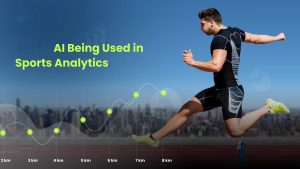
In modern sports, analytics now guides game plans from practice to play. Before a match, analysts simulate dozens of scenarios testing defensive formations or set-piece variations—to find the best approach. During games, real-time dashboards track opponent behavior, letting coaches swap tactics at halftime. Managers set roster decisions and substitutions based on predictive forecasts of fatigue or momentum swings. Even staff use data to plan travel schedules and rest days, ensuring peak performance at crunch time. Analytics sits at the heart of every strategic choice, making each decision more precise and timely.
How Predictive Analytics is Changing Pro Sports
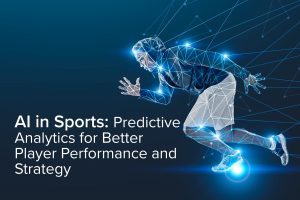
1. Better Training and Player Performance
Coaches and trainers now use predictive analytics to improve player performance. They analyze data from practice sessions, games, and wearable devices to monitor a player’s health and performance.
For example:
- Coaches track how much distance a player runs during practice to prevent over-exertion.
- By analyzing shooting stats in basketball, coaches can recommend the best angles for shooting.
This data helps players improve their skills, stay healthier, and avoid injuries.
2. Injury Prevention
Injuries are a big part of professional sports. But predictive analytics helps reduce the risk of injuries. By tracking player fatigue and physical data, teams can predict when a player is at risk of injury.
For example:
- In soccer, data like running speed and heart rate can show when a player is too tired.
- Teams use machine learning to spot patterns in injuries and take preventive actions.
By using predictive analytics, teams keep their athletes safe, reducing the risk of injuries and improving overall performance.
3. Smarter Game Strategies
Predictive analytics also helps with game strategies. Teams use data to understand how their opponents play. By studying their past games, teams can predict the best moves and make real-time adjustments.
For example:
- Football teams can predict what kind of play the opponent will use by analyzing their previous games.
- In basketball, teams can adjust their defense strategy based on a player’s shooting pattern.
This leads to smarter, data-backed decisions that increase the chances of winning.
4. Fan Engagement
It’s not just about the players. Predictive analytics is also changing how sports teams interact with fans. By studying fan behavior, teams can send personalized offers, recommend merchandise, and create targeted marketing campaigns.
For example:
- Teams can offer discounts on tickets or merchandise based on past purchases.
- predictive analytics models can suggest the best times for fans to attend games based on their past behavior.
This improves fan engagement, increases sales, and builds a stronger connection between teams and their supporters.
Tools and Technologies Powering Predictive Analytics
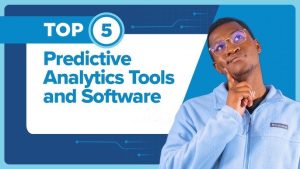
A strong toolkit makes predictive analytics in sports possible:
- Wearable Sensors: Devices like smart shirts and watches track vital signs and motion. They feed data into analytics platforms in real time.
- Computer Vision: High-speed cameras and image recognition detect player positions and ball movement without manual tagging.
- Cloud Computing: Scalable servers process vast data sets quickly. Teams can run complex models without on-site infrastructure.
- Machine Learning Frameworks: Libraries such as TensorFlow and PyTorch power the most advanced algorithms.
- Data Dashboards: User-friendly interfaces let coaches see insights at a glance. Color-coded alerts highlight urgent issues like fatigue or injury risk.
Choosing predictive analytics tools that integrate smoothly is crucial. Open APIs and standard data formats let teams mix and match technologies as needs evolve.
Examples of Predictive Analytics in Pro Sports
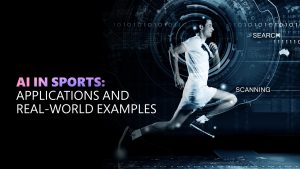
1. NFL Injury Prevention
The NFL has partnered with companies like Catapult Sports to use predictive analytics in injury prevention. They use data from wearable devices to monitor player health in real-time. If a player’s data shows signs of potential injury, they can rest before it becomes a serious issue.
2. MLB Sabermetrics and Player Evaluation
Major League Baseball (MLB) uses Sabermetrics—a form of predictive analytics—to evaluate players. Teams use this data to make smarter decisions about recruitment and performance, often relying on statistics to measure a player’s potential rather than traditional scouting.
Future of Predictive Analytics in Pro Sports
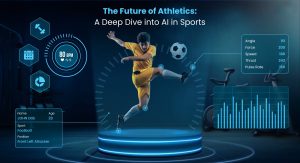
Looking ahead, predictive analytics will grow smarter and more integrated by 2025 and beyond. Artificial intelligence may spot subtle patterns—like a star player’s blink rate before a turnover—that humans miss. Augmented-reality tools could overlay live accurate predictions on coaches’ tablets during games. Virtual simulations might let teams rehearse against digital clones of upcoming opponents. Wearables could track mental stress and suggest in-game breathing breaks. As analytics tools become more user-friendly and affordable, every pro sports team will use data-driven insights to chase victories and protect their most valuable asset: their players.
Comparative Table: How Predictive Analytics is Used in Pro Sports
| Sport | Application of Predictive Analytics | Benefits |
|---|---|---|
| Football | Injury prevention, analyzing opponent play trends | Keeps players healthy, helps create winning strategies |
| Basketball | Player performance analysis, predicting game outcomes | Improves shooting skills, optimizes team strategies |
| Baseball | Evaluating player stats with Sabermetrics | Better recruitment, smarter team-building decisions |
| Soccer | Tracking player fatigue, predicting injury risks | Reduces injuries, optimizes performance and training |
Conclusion
Predictive analytics is revolutionizing professional sports in 2025. By analyzing data, teams can make better decisions about training, health, game strategies, and fan engagement. This technology is helping athletes perform better, stay healthier, and win more games.
As data collection improves and technology advances, the use of predictive analysis will continue to grow, making it an essential tool for any team or athlete looking to gain a competitive edge.






